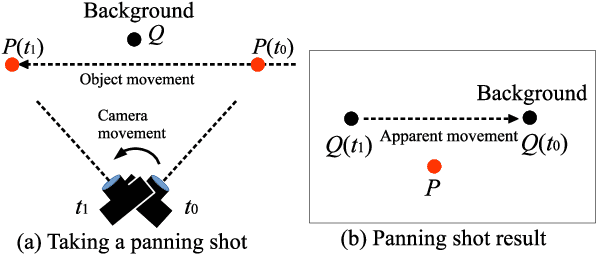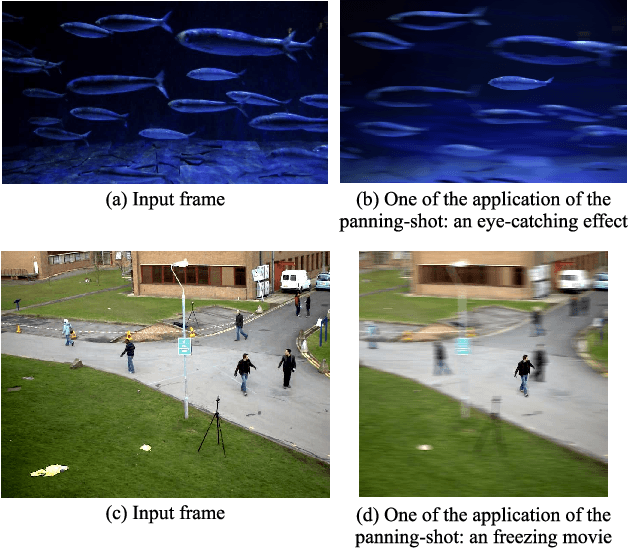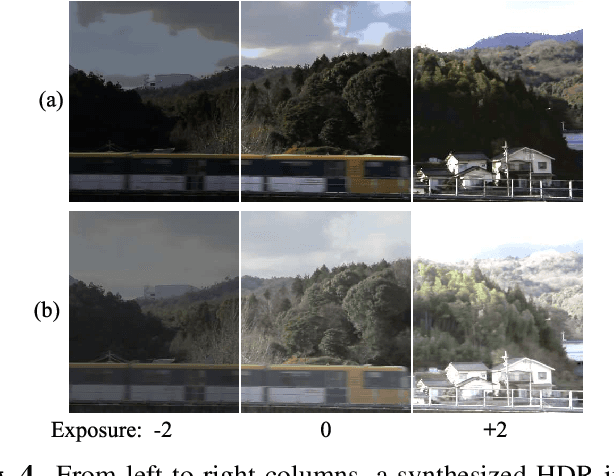Michihiro Mikamo
Generalization of pixel-wise phase estimation by CNN and improvement of phase-unwrapping by MRF optimization for one-shot 3D scan
Sep 26, 2023Abstract:Active stereo technique using single pattern projection, a.k.a. one-shot 3D scan, have drawn a wide attention from industry, medical purposes, etc. One severe drawback of one-shot 3D scan is sparse reconstruction. In addition, since spatial pattern becomes complicated for the purpose of efficient embedding, it is easily affected by noise, which results in unstable decoding. To solve the problems, we propose a pixel-wise interpolation technique for one-shot scan, which is applicable to any types of static pattern if the pattern is regular and periodic. This is achieved by U-net which is pre-trained by CG with efficient data augmentation algorithm. In the paper, to further overcome the decoding instability, we propose a robust correspondence finding algorithm based on Markov random field (MRF) optimization. We also propose a shape refinement algorithm based on b-spline and Gaussian kernel interpolation using explicitly detected laser curves. Experiments are conducted to show the effectiveness of the proposed method using real data with strong noises and textures.
A Method For Adding Motion-Blur on Arbitrary Objects By using Auto-Segmentation and Color Compensation Techniques
Sep 22, 2021



Abstract:When dynamic objects are captured by a camera, motion blur inevitably occurs. Such a blur is sometimes considered as just a noise, however, it sometimes gives an important effect to add dynamism in the scene for photographs or videos. Unlike the similar effects, such as defocus blur, which is now easily controlled even by smartphones, motion blur is still uncontrollable and makes undesired effects on photographs. In this paper, an unified framework to add motion blur on per-object basis is proposed. In the method, multiple frames are captured without motion blur and they are accumulated to create motion blur on target objects. To capture images without motion blur, shutter speed must be short, however, it makes captured images dark, and thus, a sensor gain should be increased to compensate it. Since a sensor gain causes a severe noise on image, we propose a color compensation algorithm based on non-linear filtering technique for solution. Another contribution is that our technique can be used to make HDR images for fast moving objects by using multi-exposure images. In the experiments, effectiveness of the method is confirmed by ablation study using several data sets.
* This paper was accepted at ICIP 2021
 Add to Chrome
Add to Chrome Add to Firefox
Add to Firefox Add to Edge
Add to Edge